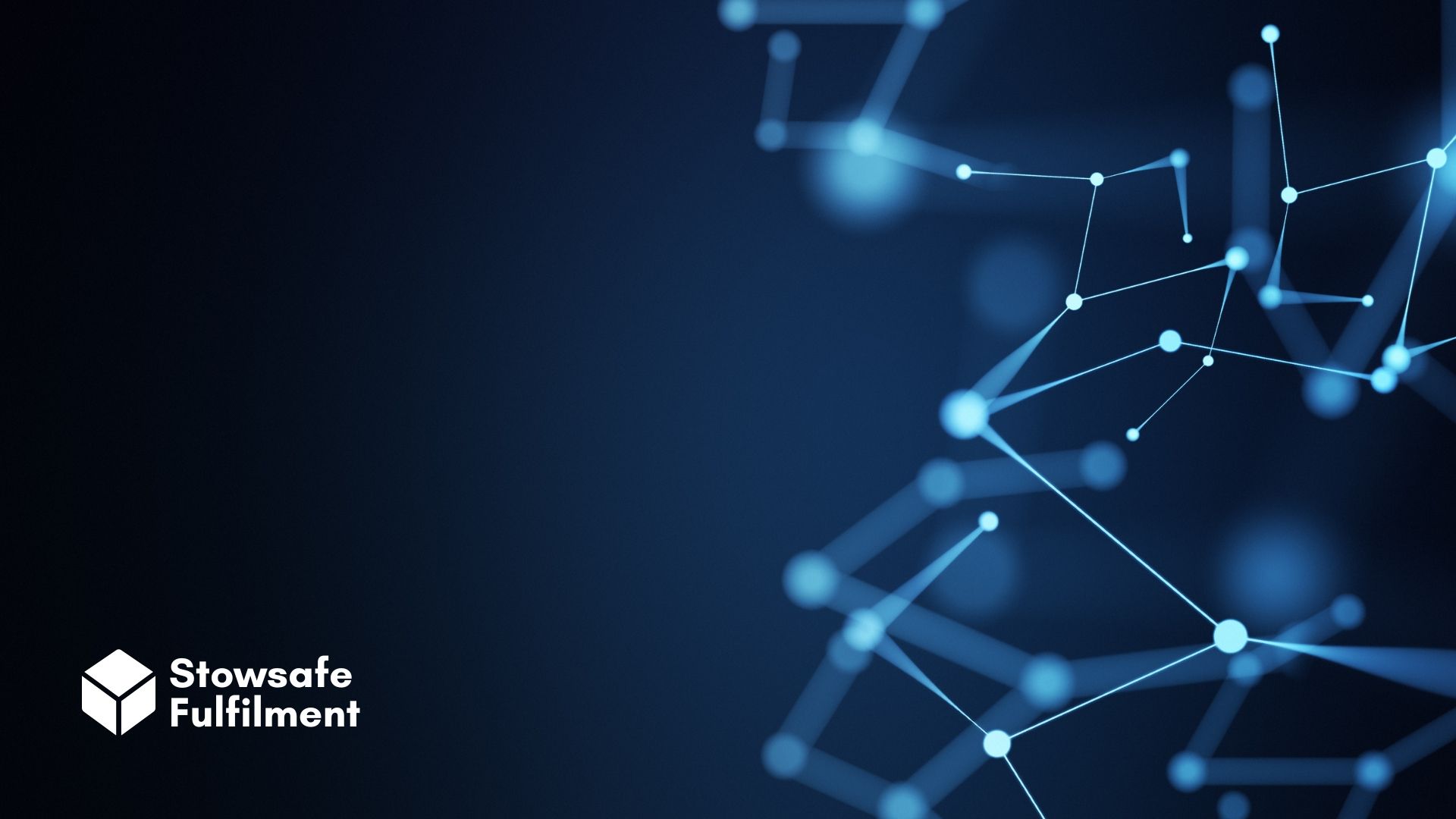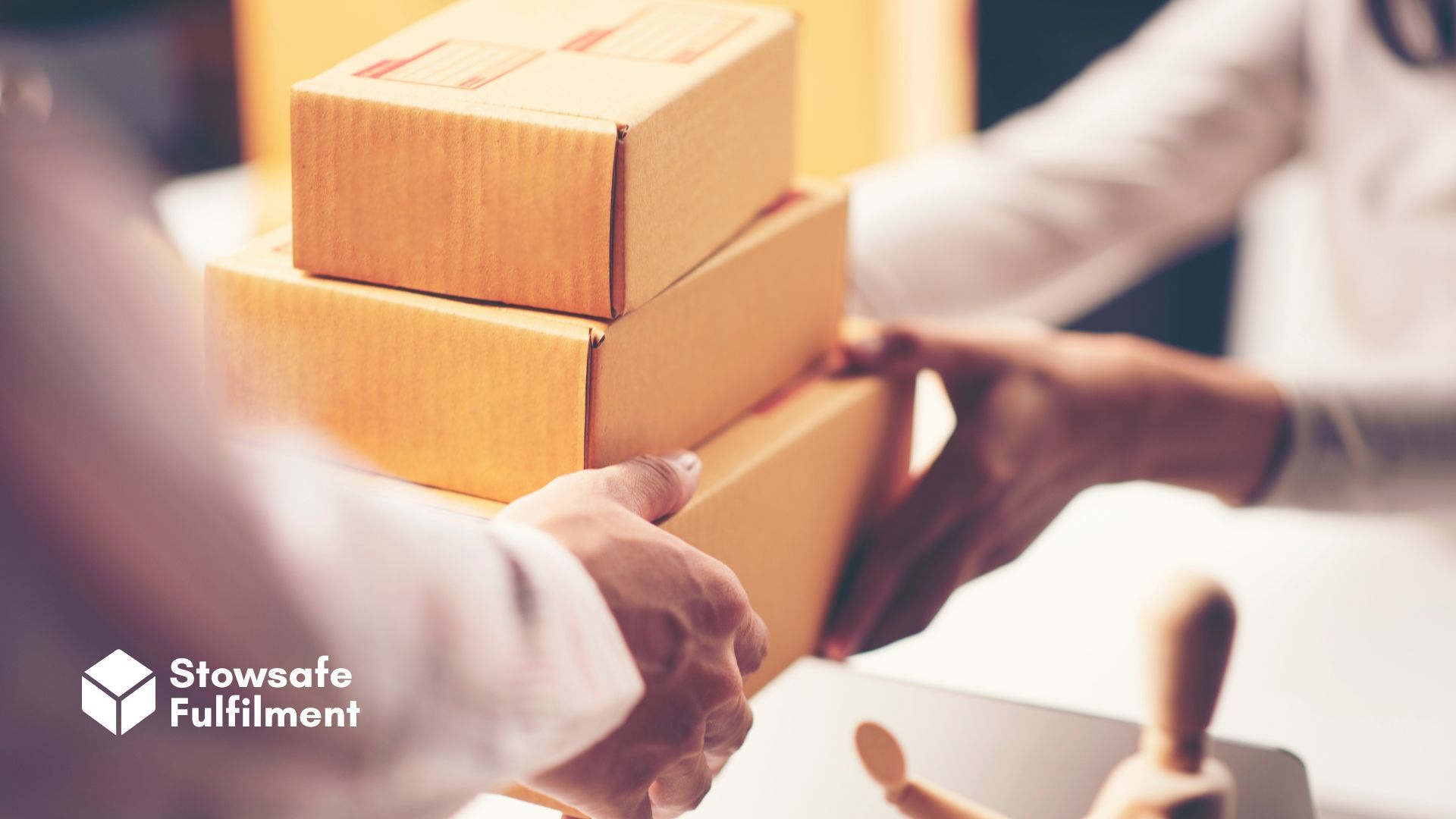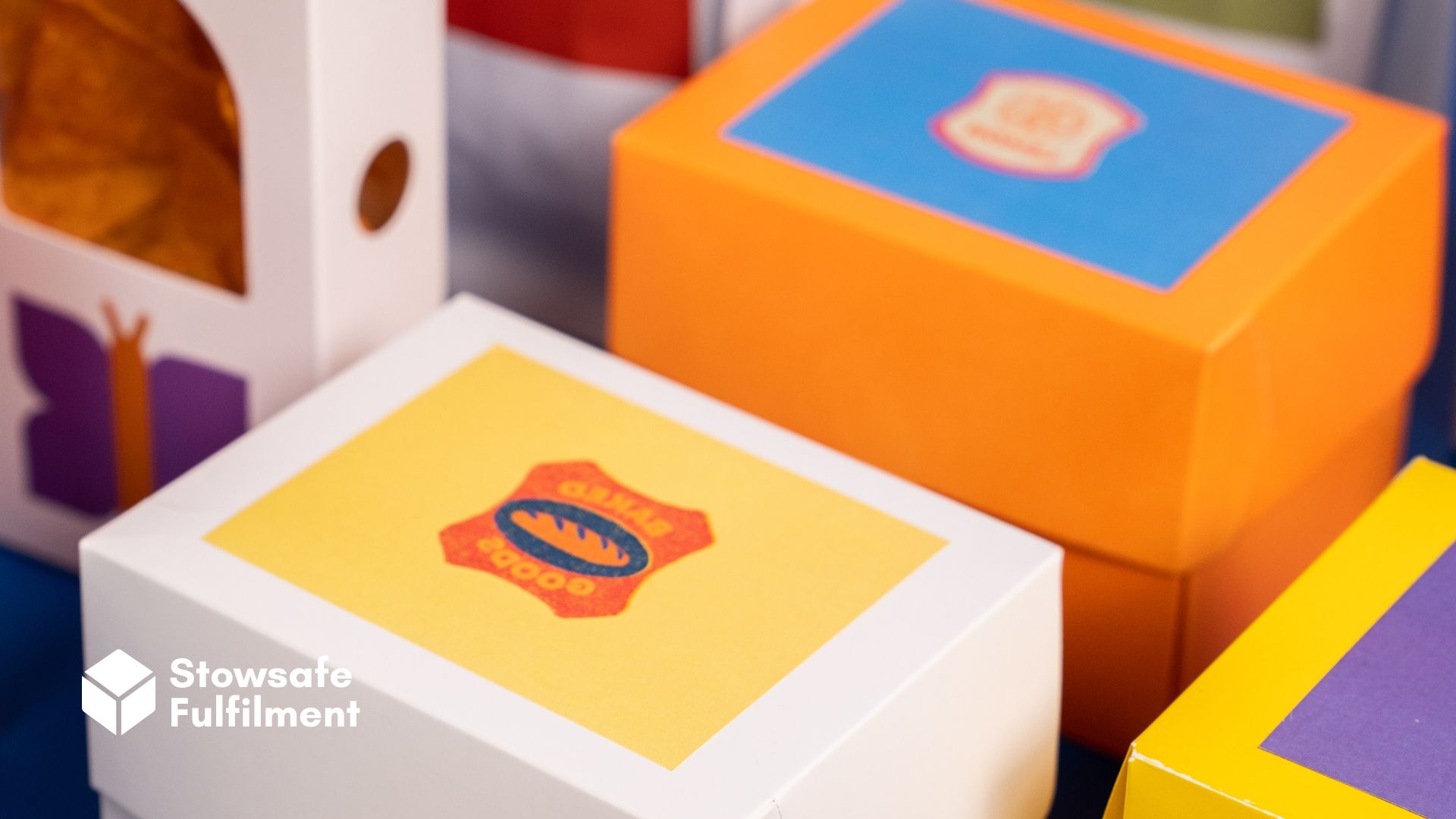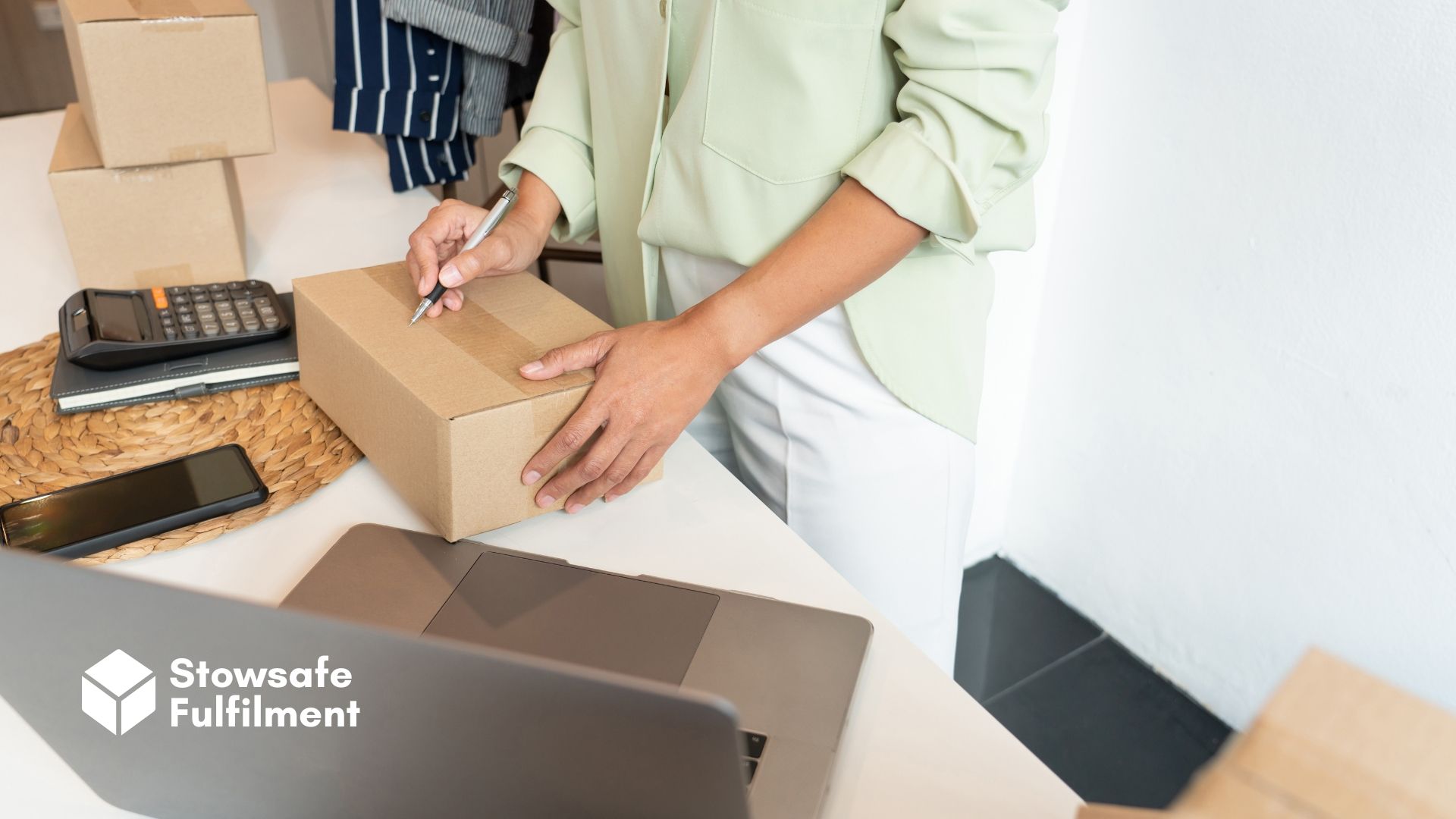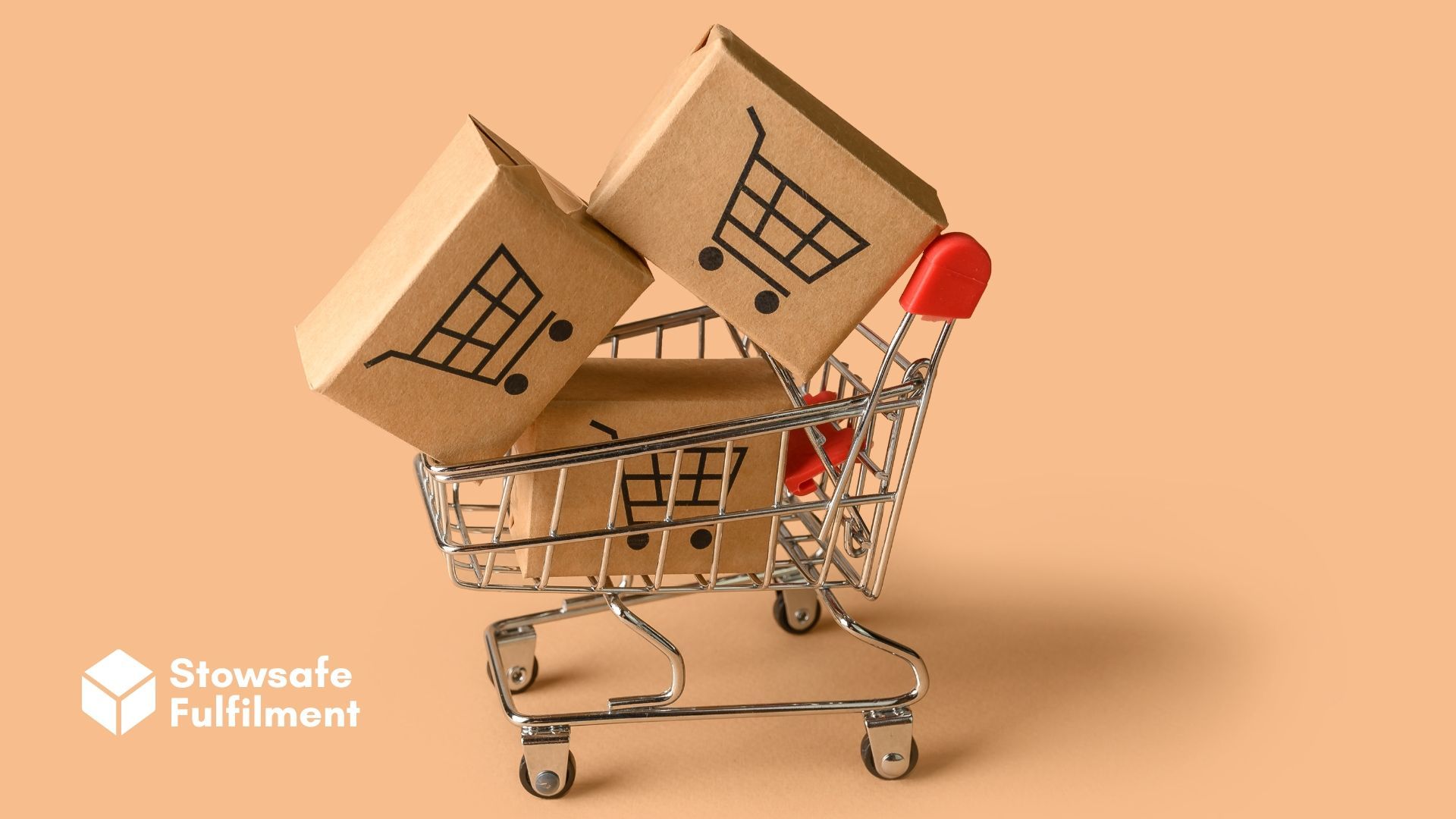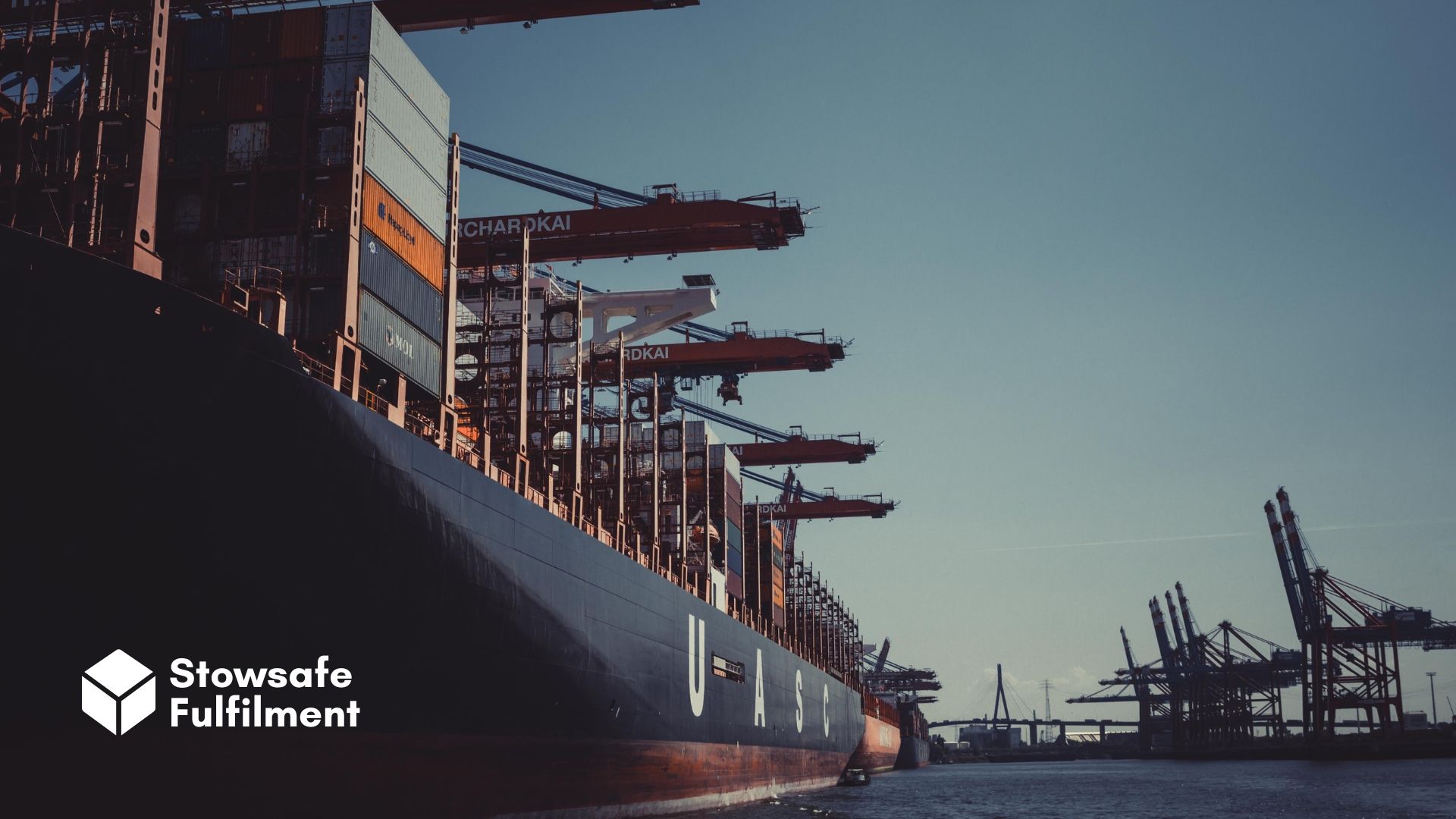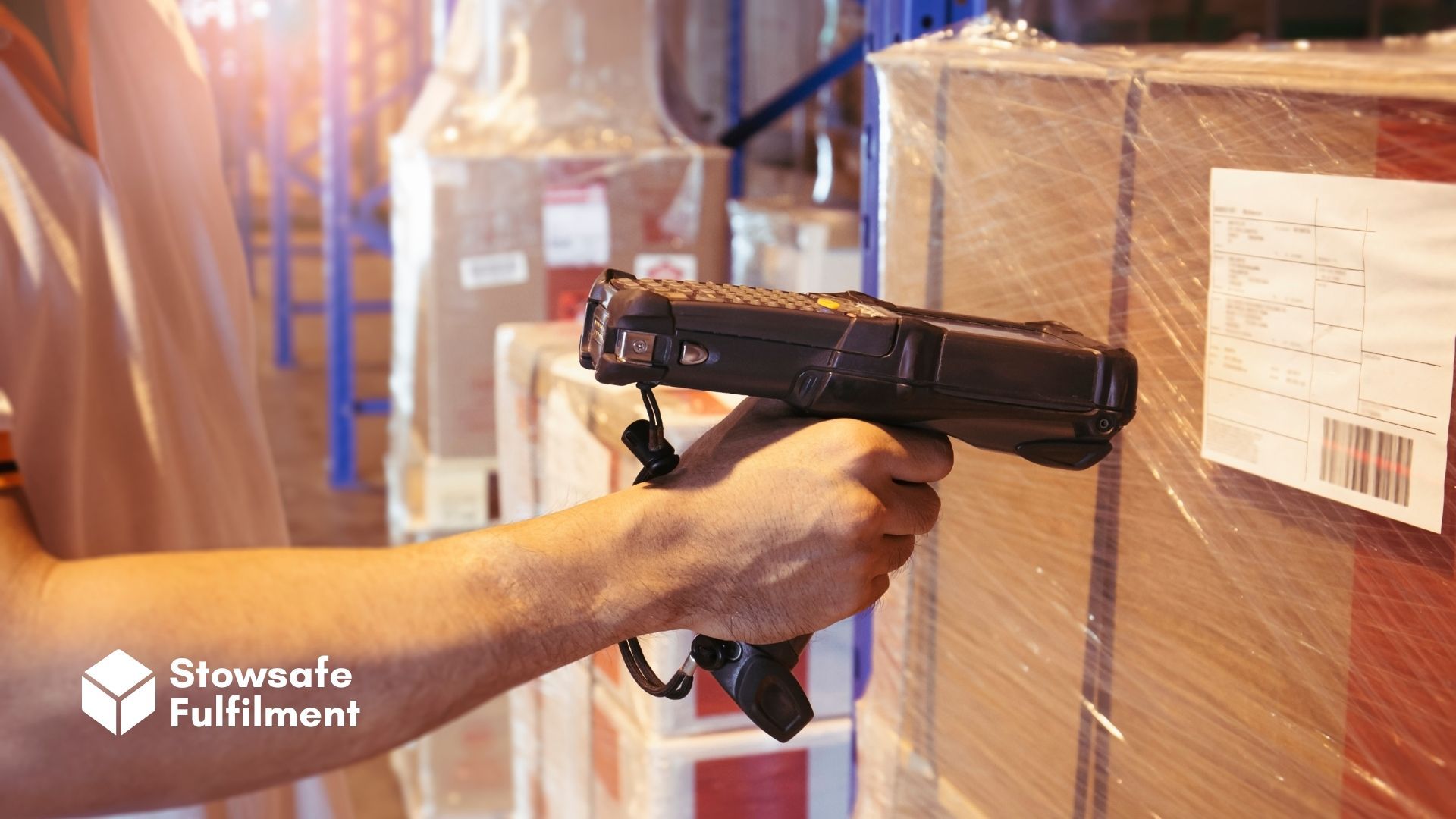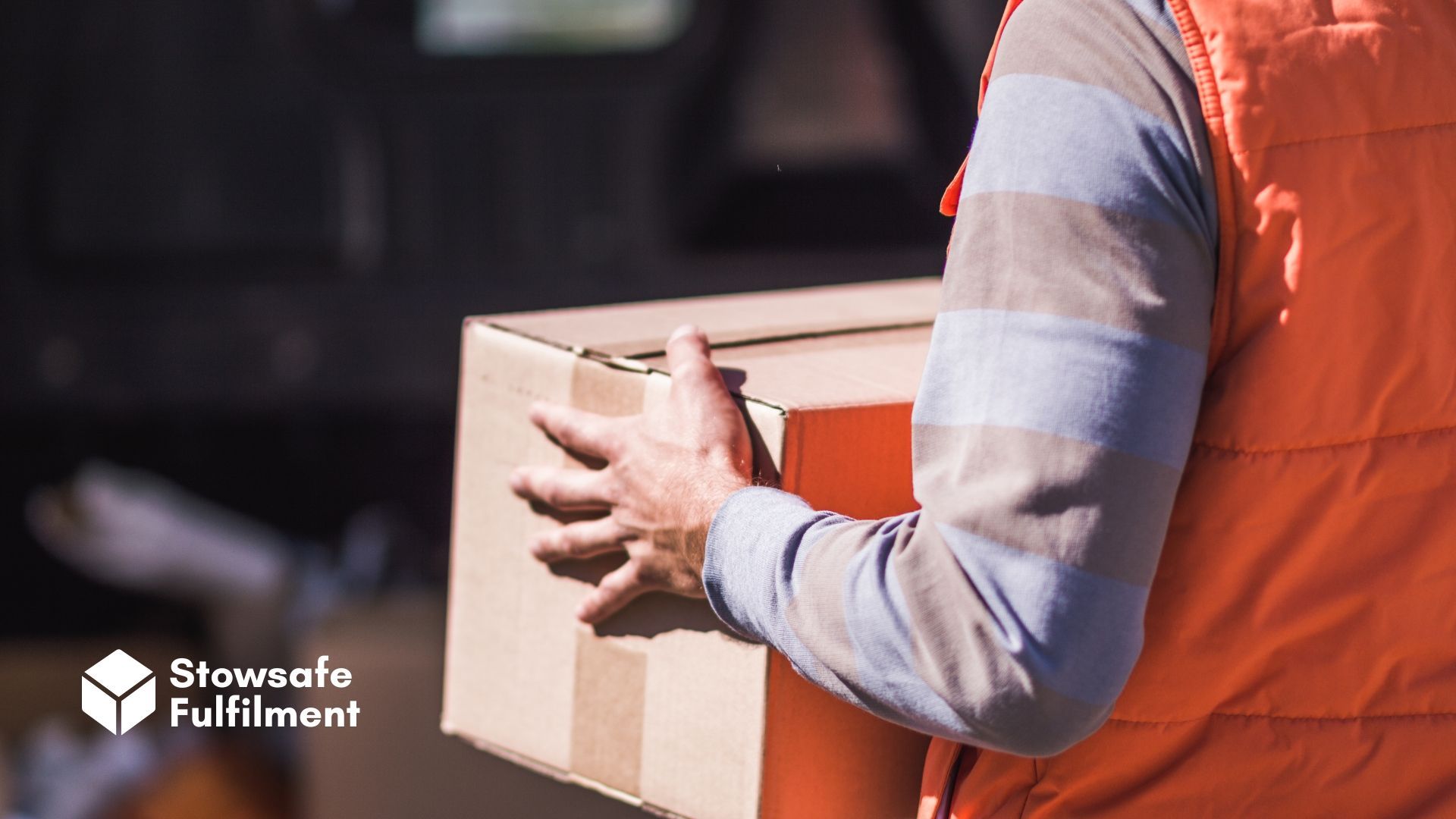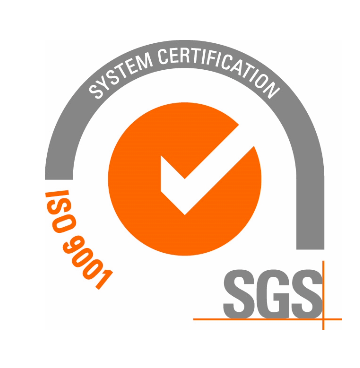We promise – barcodes really ARE more interesting than you think. Read on to discover the history and mystery of these black-and-white wonders.

That title isn't clickbait. We mean it. Barcodes really are more interesting than you might expect.
And now we bet you're thinking "Stowsafe must be fun at parties".
Point taken. But we stand by our claim.
The fact is that barcodes have become so ingrained in our lives that we don't notice how utterly marvellous they are. They're like washing machines, sliced bread and clean drinking water – we take their usefulness for granted.
So here's a little thought experiment for you: imagine, for a moment, a world where barcodes suddenly ceased to exist.
Supermarket checkout staff would have a harder life, for sure. They'd have to memorise hundreds of product codes and prices. And even with a photographic memory, they couldn't match the speed, efficiency and satisfying "beep" of a barcode reader. Self-checkouts would be off the cards completely.
Your quick trips to the supermarket would become agonising tests of patience. But in our new, barcode-free reality, slow shopping would be the least of our problems.
Chances are, your local supermarket wouldn't have any food to sell, full stop.
That's because the world's supply chains depend on barcodes. Without those black-and-white wonders, tasks that took a fraction of a second would suddenly require laborious manual intervention.
Ships would bob uselessly in ports. Trucks would wait at warehouses for hours upon tedious hours. Businesses would collapse. Food would rot.
You get the picture. A world without barcodes would have terrifying implications. This isn't just about supermarket queues or your favourite biscuits being out of stock.
Ahem. That got very dark very quickly.
But that's the point. Barcodes are so important that our lives – quite literally – depend on them.
Are barcodes important
and
interesting? We think so – here's why.
Barcodes have tonnes of unexpected uses
We've focused on how barcodes are used in supply chains so far. No surprises there – supply chains are our wheelhouse.
But that's not their only application – far from it. Barcodes work their laser-powered magic to help all sorts of industries.
Take healthcare, for instance. Doctors and nurses use barcodes to register patients and keep track of the medication they're given. They crop up in medical testing facilities too, where they're used to identify specimen samples.
As you can imagine, these barcodes are critical to ensuring patient safety. Without them, it would be harder to monitor patient care and easier to mix up vital medications and samples. The consequences don't bear thinking about.
Ever taken a flight? You might have noticed that your luggage comes back with a barcode attached. That's because airlines use them to track luggage as it wings its way around the world – as well as to reunite passengers with lost items. They can't exactly open every suitcase and dig around for personal effects, can they?
Then there are post offices, which use barcodes to sort and distribute mail more efficiently. Here in the UK, these kinds of barcodes have been used for parcels and large letters
since 2015.
The technology must have helped, as Royal Mail has recently
introduced barcodes on second-class stamps too. This means it can track every letter through the postage system. Hooray for that!
You probably have a barcode scanner in your pocket right now
Think of a barcode scanner. Go on, we'll wait.
Did you picture a handheld device that emits a bright red laser? The kind of device that a retail assistant or warehouse operative might use?
Sure, that's the
traditional
barcode scanner. But most of us carry a different kind of barcode scanner everywhere we go.
Do you see what we're getting at? Nowadays, most smartphones have barcode-reading capabilities built in.
These use a different kind of technology than traditional scanners. Rather than analysing reflected light, they rely on digital photography and clever software to decode the information locked inside.
And they're usually used to scan a different kind of barcode altogether: QR codes.
That's right. If you've ever scanned a QR code on an advert or restaurant table, you've used your very own portable barcode reader.
Barcodes have barely changed in 70 years
QR codes are a relatively recent invention. They're a special kind of barcode called a two-dimensional barcode. These first left the drawing board in 1987.
But the run-of-the-mill,
one-dimensional
barcode? That was invented way back in 1951 – more than 70 years ago.
If you looked at this first-generation barcode, you might not even recognise it as a barcode. It looked more like a bullseye, with concentric circles of varying thickness surrounding a single point. This allowed the barcode to be read from any direction – pretty clever if you ask us.
This design was eventually dropped. It turned out that a linear barcode – the kind we're familiar with today – was much more reliable and could better withstand printing errors.
What was this new design called? UPC, or universal product code. To this day, UPC remains the most popular barcode for retail product labelling in the United States.
And even that original, bullseye-shaped barcode wasn't
too
different to the designs we know today. While it might look odd to our modern eyes, it worked in exactly the same way as the linear barcodes that followed.
Those thick and thin lines that are so familiar? They might look like gobbledegook to us but, to a barcode reader, they're clear as day.
The principle is simple: the lines – and the spaces between them – represent a series of numbers. These numbers identify a product, medication or letter from your bank.
There's enough potential in those lines and spaces to give every product, medication and letter a unique identifying number. This allows them to be tracked seamlessly through complex systems.
Thus supply chains can operate, patients can receive safe, efficient care and your letter will arrive safely on your doorstep.
Barcodes, dear reader*, are very interesting indeed.
* Pun very much intended.
Stowsafe Fulfilment's flexible
outsourced fulfilment services help e-tailers save time and exceed customer expectations. Want to grow your eCommerce business?
Get in touch to learn how we can help.
All Rights Reserved | Stowsafe Fulfilment

